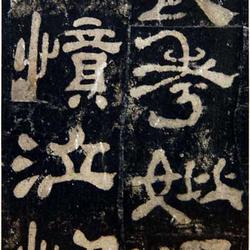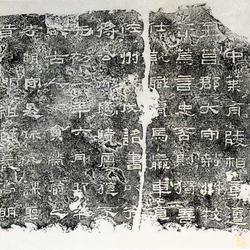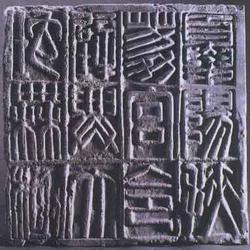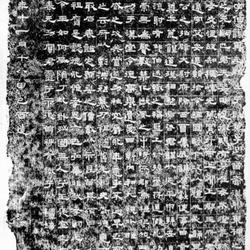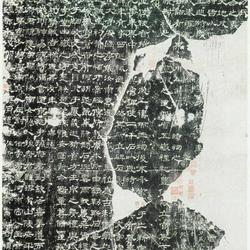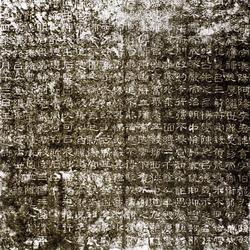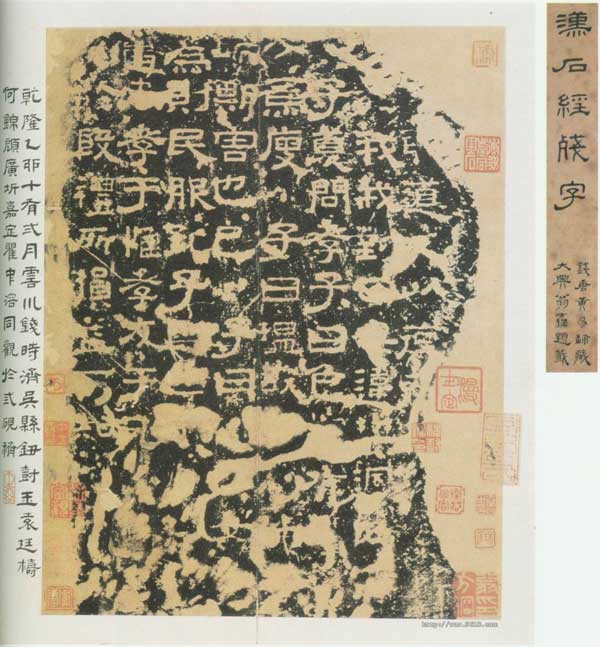
In the fourth year of Xiping in the Eastern Han Dynasty, Yilang Cai Yong, Zhonglang Jiang Tang Xidian, Guanglu doctor Yang Ci, Jianyi doctor Ma Rixi and others, in view of the repeated copying of Confucian classics at that time, there were many errors and abuses, so they "committed to seek Zhengding" The text of the Six Classics was approved by Emperor Ling" ("Book of the Later Han Dynasty: Biography of Cai Yong"), so the earliest stone scripture engraving project in Chinese history began. It was completed in the sixth year of Guanghe and lasted nine years. Because it began during the Xiping period, it is called the "Xiping Stone Classic".
The calligraphy of "Xi Ping Shi Jing" is a typical example of the square and straight lines in the mature period of Han Li. Because it is an official masterpiece, the person who wrote the elixir should be a first-rate national master like Cai Yong. Let's take the "Book of Changes" scriptures as an example and make a brief analysis. The structure is square, the words are regular and meticulous, and the stipple arrangement is symmetrical and stable, which can be said to be impeccable. The brush is both square and round, strong and soft, beautiful and vigorous, graceful and elegant, as grand as a palace or temple. Emperor Wu of Liang Dynasty's "Book Review" said: "Cai Yong's book is full of insight and refreshing, as if it has divine power." This is credible. Fan Wenlan's "Compendium of General History of China" said: "The art of writing in the two Han Dynasties reached the highest level when Cai Yong wrote the Stone Classics. ... The Stone Classics is the summary of the calligraphy of the Two Han Dynasties." It should be regarded as the theory. In recent years, some people have ridiculed it for being too square and neat, and dubbed it the "Guange School". In fact, it is neat but not rigid, quiet but lively. It is completely different from the rigid and dull "Guange" character that has been popular since the Ming and Qing Dynasties. Because of this, "Xi Ping Shi Jing" is a masterpiece of Han Li. It was not only regarded as a model of calligraphy at that time, but also spread far and wide. The "Xiping Stone Classic" played a bridge role in the transition of Chinese character fonts from official to regular script.
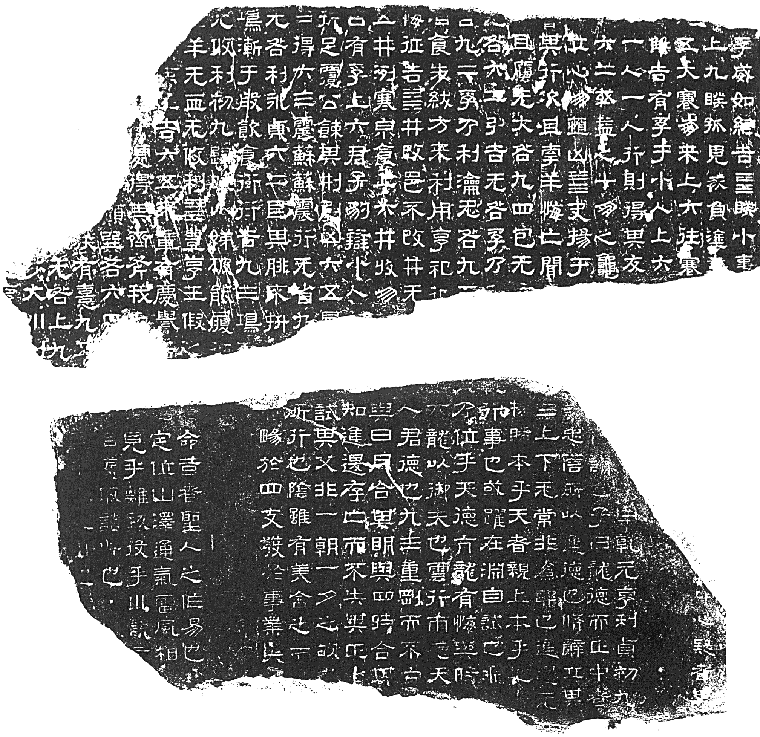
The remaining stone of the Xiping Stone Sutra dates from the 14th year of the Han Dynasty (175). The top of the stele is 31 cm high and 66 cm wide; the bottom of the stele is 33 cm high and 61 cm wide.
It was unearthed in Dajiao Village, the ancient city of Luoyang, Henan in 1929, and entered the Xi'an Forest of Steles Museum in 1952.

